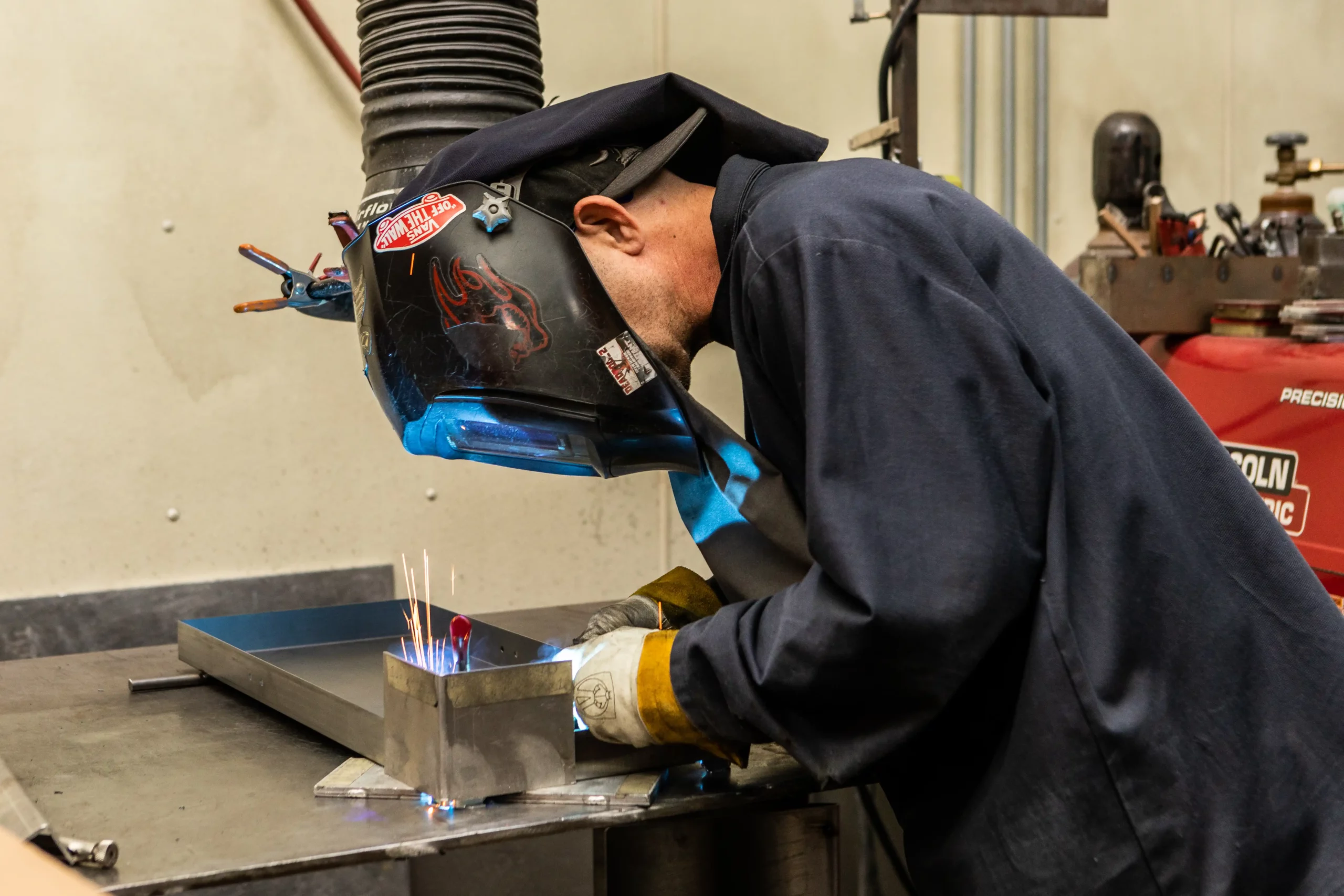How to Develop an Effective Welding WPS: Tips and Best Practices
How to Develop an Effective Welding WPS: Tips and Best Practices
Blog Article
The Ultimate Guide to Welding WPS Procedures: A Comprehensive Review for Welders
In the intricate globe of welding, Welding Treatment Requirements (WPS) offer as the backbone of making certain quality, consistency, and safety and security in welding procedures (welding WPS). As we delve right into the different parts of a WPS and explore the complexities of qualification and qualification, we will uncover the vital duty these treatments play in the realm of welding.
Value of WPS Procedures
Comprehending the relevance of Welding Treatment Specs (WPS) procedures is essential for guaranteeing the quality and integrity of bonded structures. WPS treatments act as a roadmap for welders, describing the needed actions, criteria, and materials called for to accomplish an audio weld. By sticking to WPS guidelines, welders can ensure uniformity in their job, resulting in dependable and structurally sound welds.
One of the primary reasons why WPS treatments are essential is their function in preserving weld top quality and stability. Following the defined welding parameters and strategies outlined in the WPS aids avoid defects such as porosity, splitting, or incomplete fusion, which can endanger the stamina and durability of the weld. In addition, WPS procedures are crucial for guaranteeing compliance with market criteria and codes. By adhering to recognized WPS standards, welders can demonstrate that their work meets the needed demands for security and quality, supplying assurance to customers, assessors, and regulative bodies. In significance, the significance of WPS procedures can not be overemphasized, as they are essential to attaining consistent, high-grade welds that satisfy market criteria and specifications.

Parts of a WPS
A Welding Procedure Requirements (WPS) normally comprises crucial parts that detail the specific demands for carrying out a weld, ensuring uniformity and high quality in the welding procedure. The key components of a WPS include essential variables such as base steels, filler steels, preheat and interpass temperatures, welding procedures, protecting gases, welding positions, and post-weld heat therapy requirements.
Base steels refer to the products being signed up with, while filler steels are made use of to fill the void between the base metals during welding. The welding process details the specific method to be utilized, whether it's gas steel arc welding (GMAW), protected steel arc welding (SMAW), or an additional approach. Welding settings define the positionings in which welding can be done.

Qualification and Accreditation
Having established the necessary parts of a Welding Treatment Specification (WPS), the focus currently moves towards the crucial facets of certification and certification in welding methods.

Qualification, on the various other hand, is the official recognition of a welder's certifications by a relevant accreditation body or company. Welding certifications are usually based on the certain welding procedures, materials, and placements a welder is certified to collaborate with. Holding a legitimate welding accreditation shows that a welder meets industry requirements and is competent to perform welding jobs to the required specifications.
Creating a WPS
To develop a Welding Treatment Spec (WPS) that meets industry requirements, mindful factor to consider of welding processes, materials, and operational criteria is essential. The first action in creating a WPS is to determine the welding procedure to be used, such as gas steel arc welding (GMAW) or protected metal arc welding (SMAW)

Executing and Keeping Track Of WPS
Upon wrapping up the comprehensive Welding Procedure Specification (WPS) that thoroughly details welding procedures, products, functional parameters, more information and top quality guarantee procedures, the emphasis shifts to efficiently implementing and checking the recognized treatments. click to read Execution includes ensuring that all welders associated with the task know with the WPS and follow it carefully during the welding procedure. This calls for providing sufficient training and supervision to guarantee adherence to the specified treatments. Checking the WPS includes constant oversight to verify that welding activities straighten with the documented specifications. Assessments, screening, and quality assurance actions are necessary elements of the tracking procedure to identify any deviations or problems quickly. Regular audits and evaluations of the welding treatments help in keeping consistency and high quality throughout the task. Reliable execution and monitoring of the WPS are critical for guaranteeing the integrity, stamina, and safety and security of the welded joints, ultimately adding to the general success of the welding task.
Final Thought
To conclude, understanding and following Welding Procedure Specs (WPS) is critical for welders to ensure quality, uniformity, and safety in their job. By knowing the elements of a WPS, getting proper certifications and certifications, creating in-depth procedures, and carrying out and monitoring them effectively, welders can boost their abilities and proficiency in welding techniques. Adhering to WPS treatments is vital for creating high-grade welds and conference sector requirements.
In the detailed globe of welding, Welding Treatment Specs (WPS) offer as the backbone of ensuring high quality, uniformity, and security in welding procedures. The welding procedure lays out the specific strategy to be utilized, whether it's gas steel arc welding (GMAW), secured metal arc welding (SMAW), or an additional technique.To develop a Welding Procedure Specification (WPS) that satisfies sector requirements, careful consideration of welding processes, materials, and operational specifications is vital. The initial action in creating a WPS is to determine the welding process to be used, such as gas steel arc welding (GMAW) or secured metal arc welding (SMAW)Upon wrapping up the thorough Welding Procedure Specification (WPS) that diligently details welding processes, products, functional criteria, and quality guarantee procedures, the focus moves to efficiently implementing and checking the well established procedures.
Report this page